Description
System Single Tier Under Desk Cable Basket
- Delivery only, no pick-up available on this item
- A convenient under desk cable management solution
- Simple screw fix to the underside of your desk top
- Available with or without power outlets mounted to the front
- Power outlets available in White or Black colours
- Standard basket size is 55mm wide x 60mm high. The overall dimensions including the bracket is 65mm wide x 105mm high – dimensioned drawing here
- Extra wide baskets are also available – 100mm wide x 60mm high. The overall dimensions including the bracket is 110mm wide x 105mm high
- Available in various lengths – 650, 950, 1250, 1550, 1750 & 2050mm
- Supplied with 2 fixing brackets (fixing screws are not supplied)
- Available in Black or White powder coat colours
- **Power leads are available separately. No power leads are included
- Optional power leads are:
1) Starter power lead – with standard 3 pin plug, used for a single power unit – click here to see
2) Inter-connecting power lead, used to link several power units together – click here to see
This option also requires a wall starter socket – click here to see - 5 year warranty
- Prices include GST
- Electrical ‘Soft Wiring’ diagram available here
- Need a convenient power solution for your desks? Click here for a quote on an electrical kit specifically for your project
- Delivery only, no pick-up available on this item
- Please note, basic tools are required to assemble our furniture, particularly to attach desk tops and table tops. We offer an assembly service, please contact us for a quote if required
- See installation guide – here
Optional lengths available:
- 650mm long
- 950mm long
- 1250mm long
- 1550mm long
- 1750mm long
Additional power outlets available here
Additional data clips available here
(Data RJ45 sockets are not included)
Replacement mounting brackets available here
Discounts are available for larger quantities. Please contact us for more information


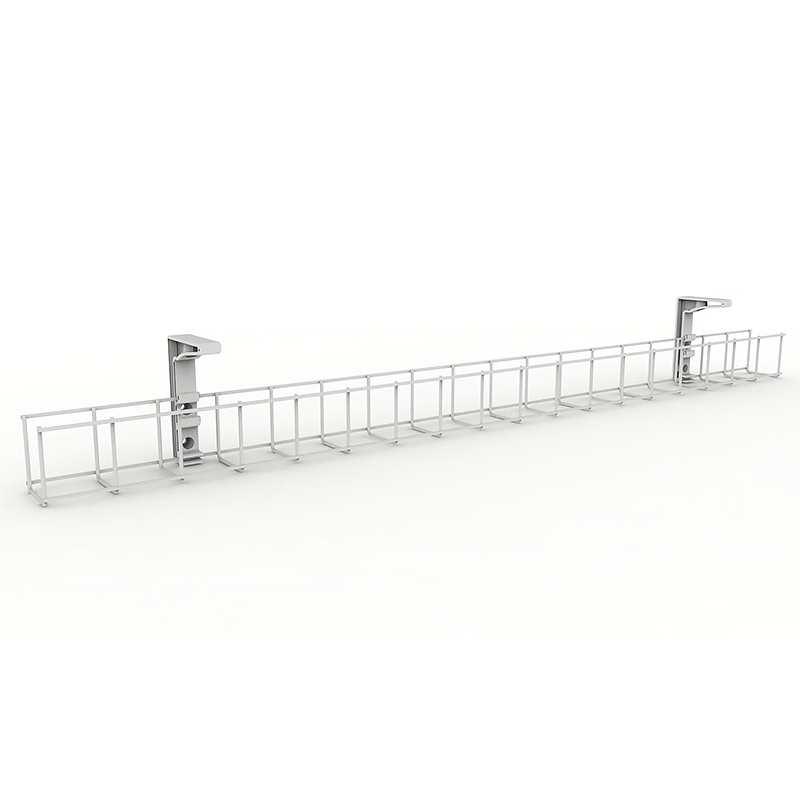
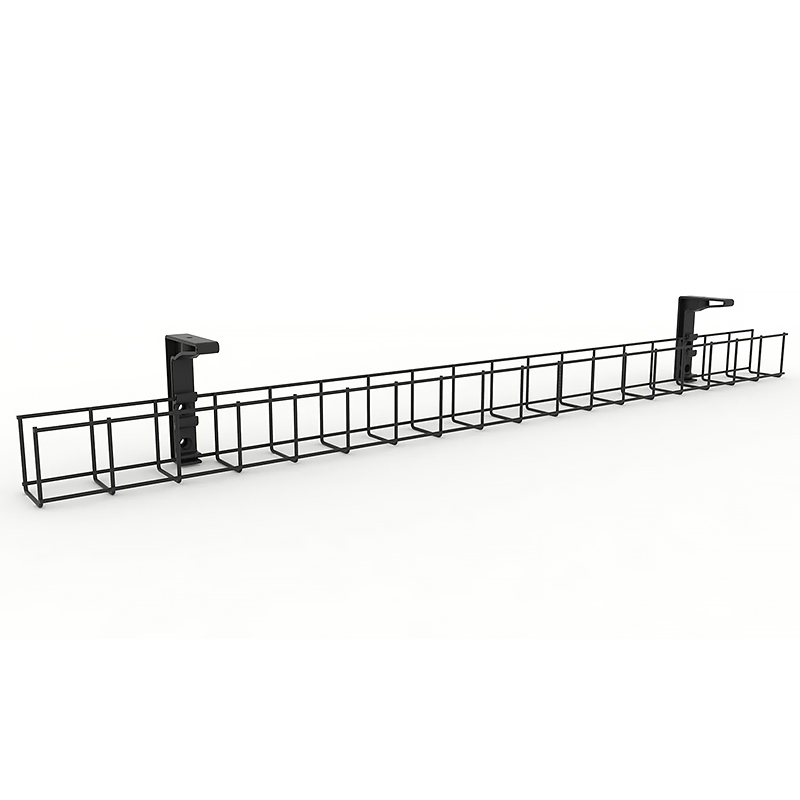
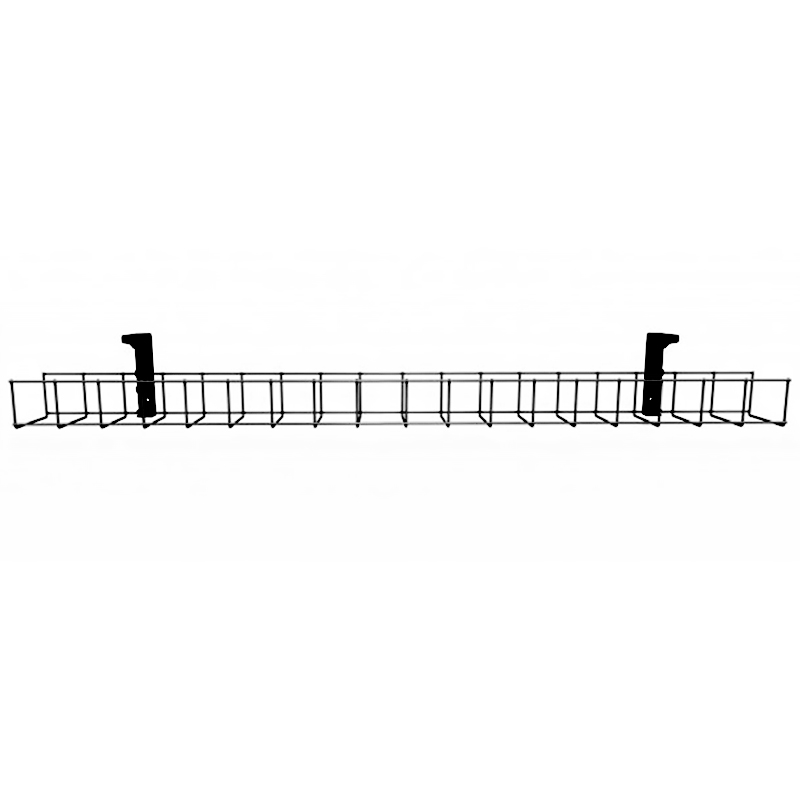
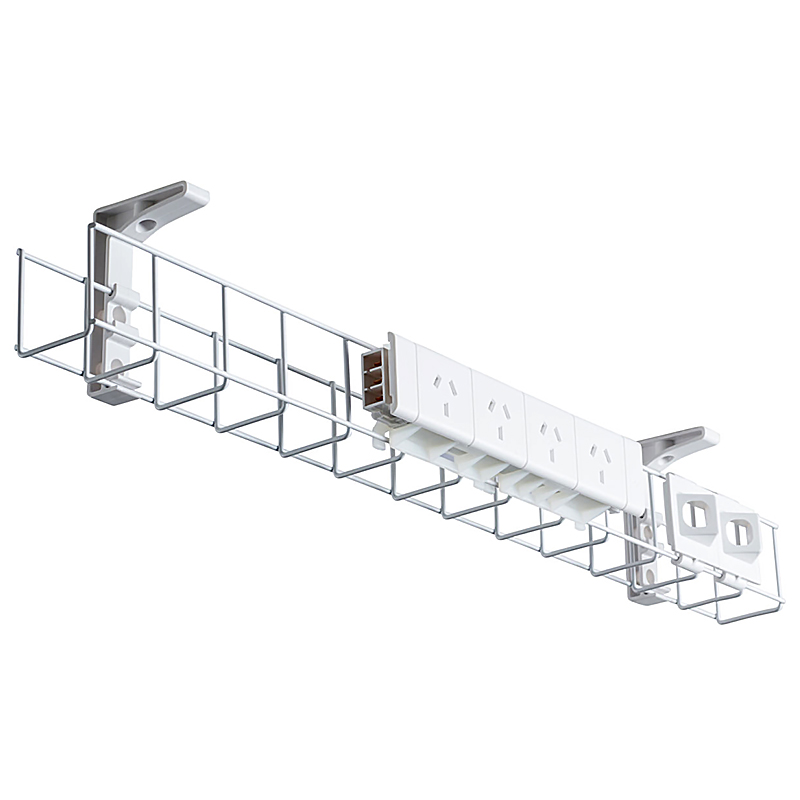
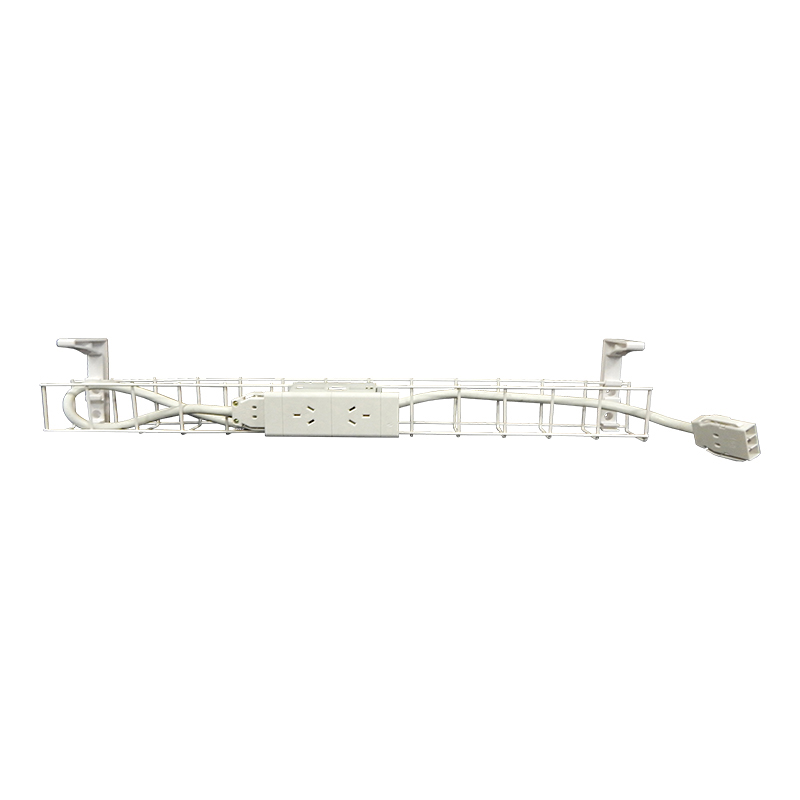
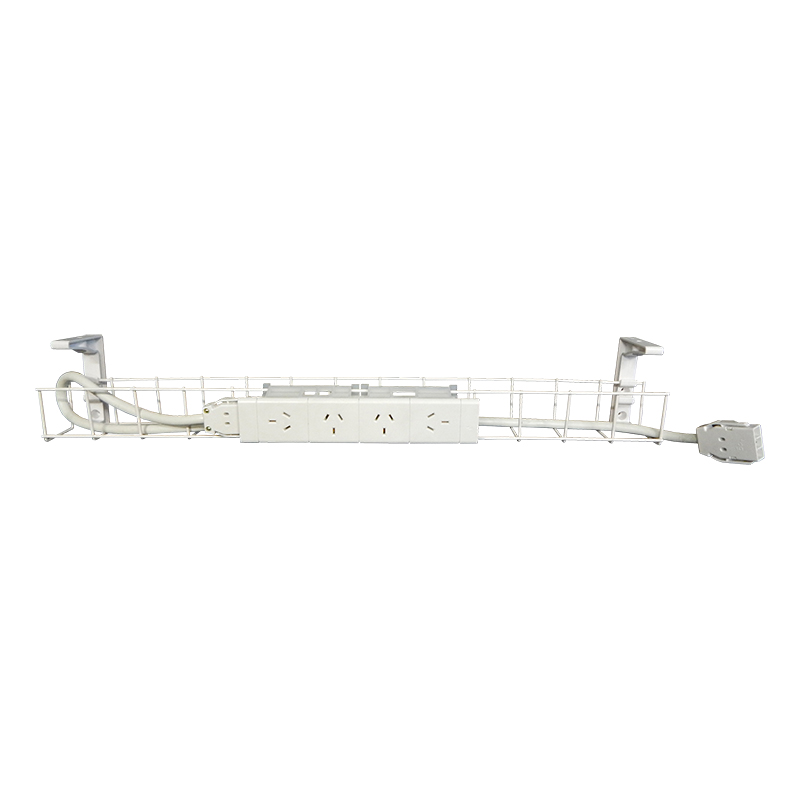

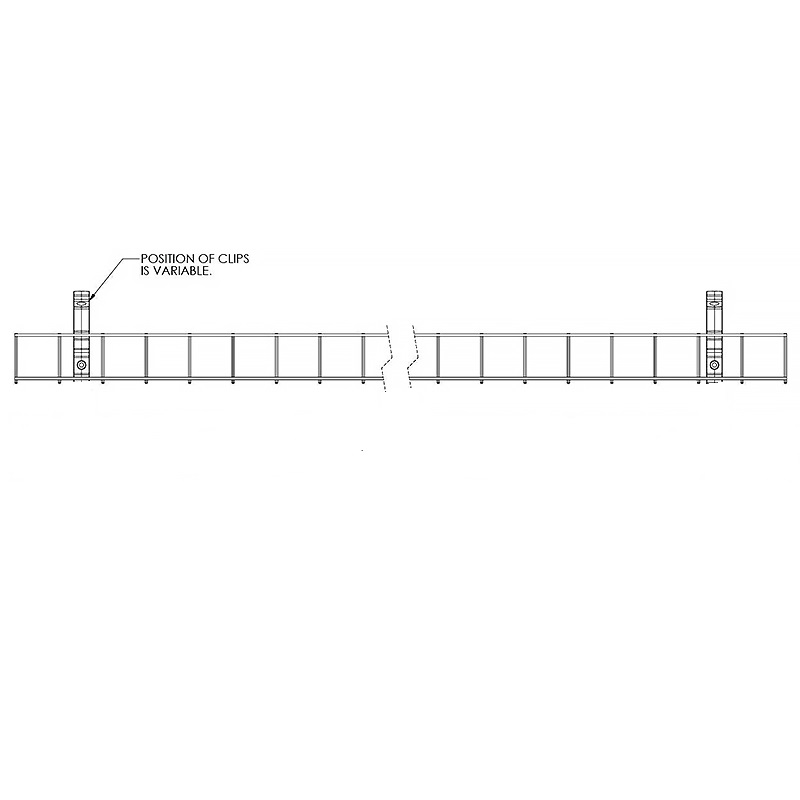
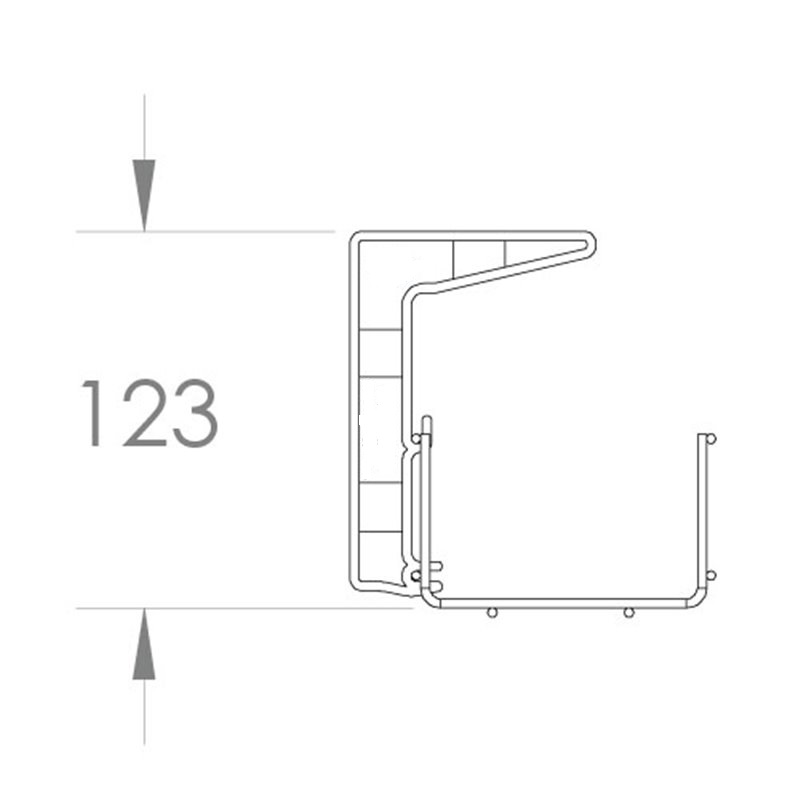
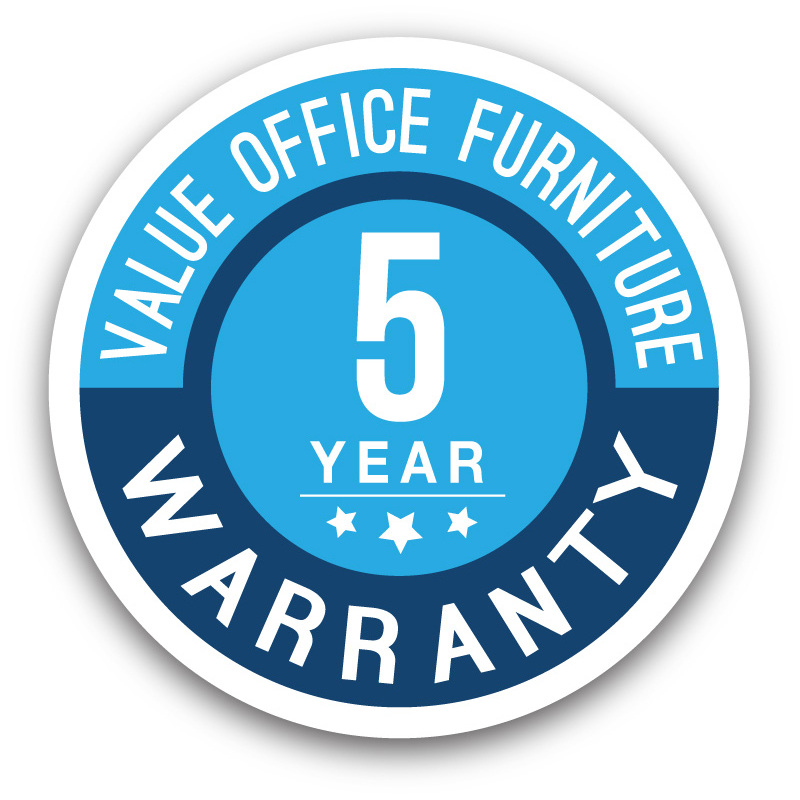
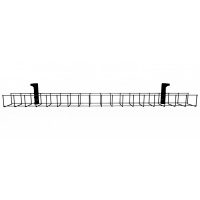
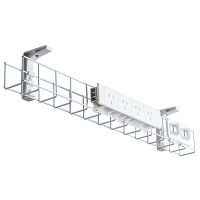
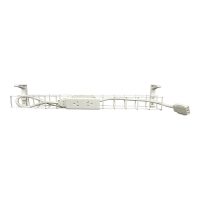
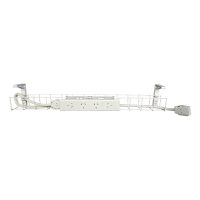
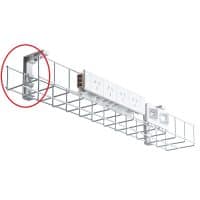

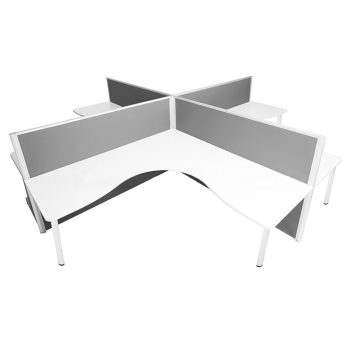
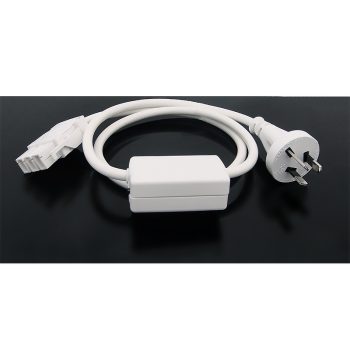
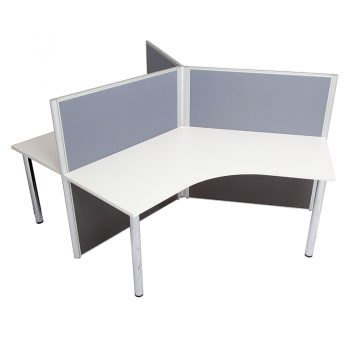
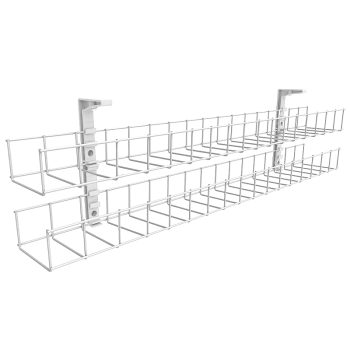
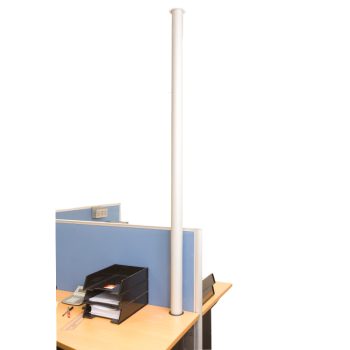
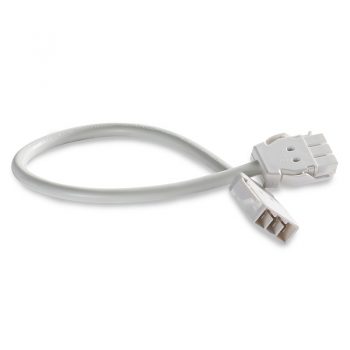
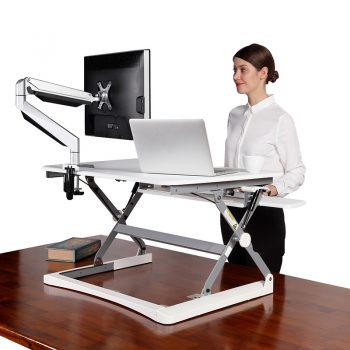

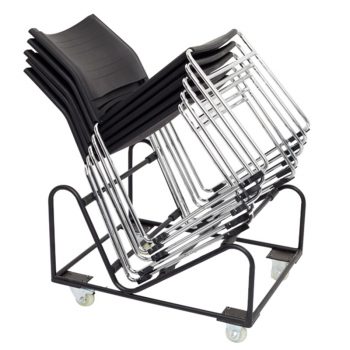
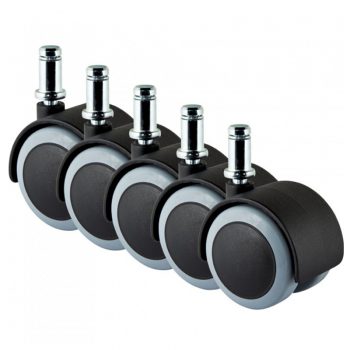
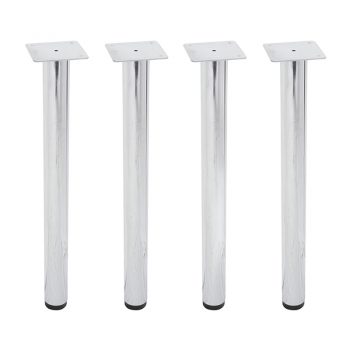
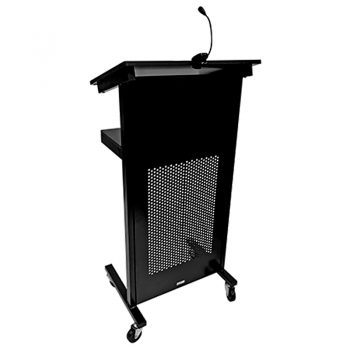


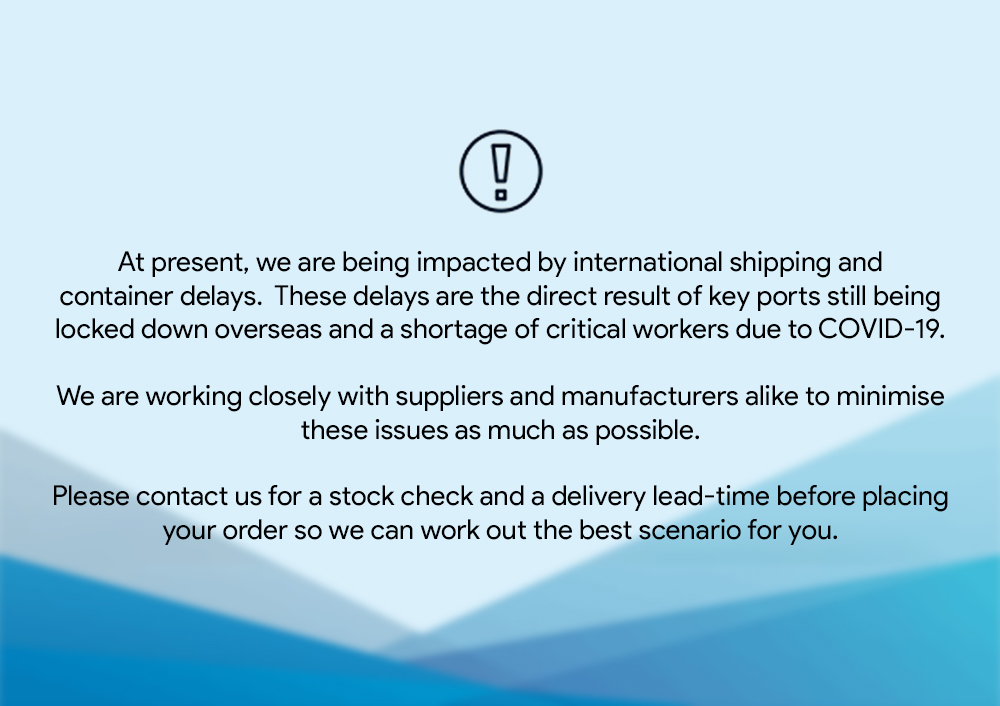

Reviews